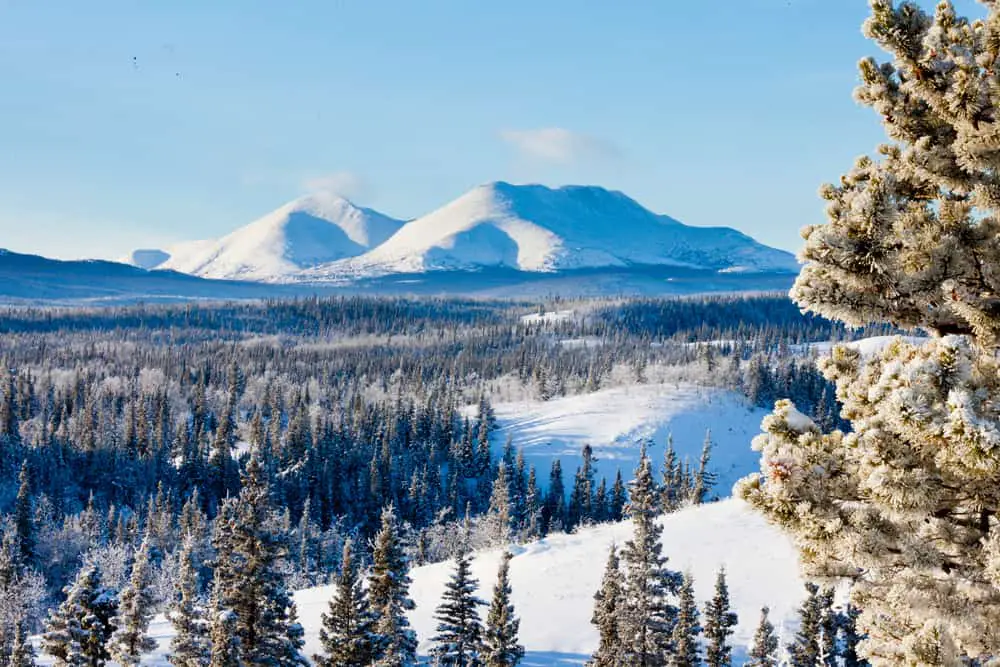
The Yukon Territory is an icy, low populated region where you can genuinely appreciate the marvels of mother nature. One of which is that a predominant part of the Yukon is protected forests.
The primary part of the Yukon Territory consists of Boreal Forest, which grows in the Northern Hemisphere at latitudes between the Arctic and 50° North. It comprises coniferous (plants with cones) and deciduous (lose their leaves) trees growing in swampy, damp forests.
In my search for the secrets of the Yukon, I came across more than what I bargained for. These are some of the interesting facts I’ve learned.
Table of Contents
- Types Of Forests In The Yukon
- What Type Of Land Is The Yukon?
- Permafrost In The Yukon
- Animals In The Yukon
- People In The Yukon
- Forest Fires In The Yukon?
- Why Is Protecting The Yukon Important?
- What’s The Yukon Known For?
- 20 Interesting Facts About The Yukon Territory
- Conclusion
Types Of Forests In The Yukon
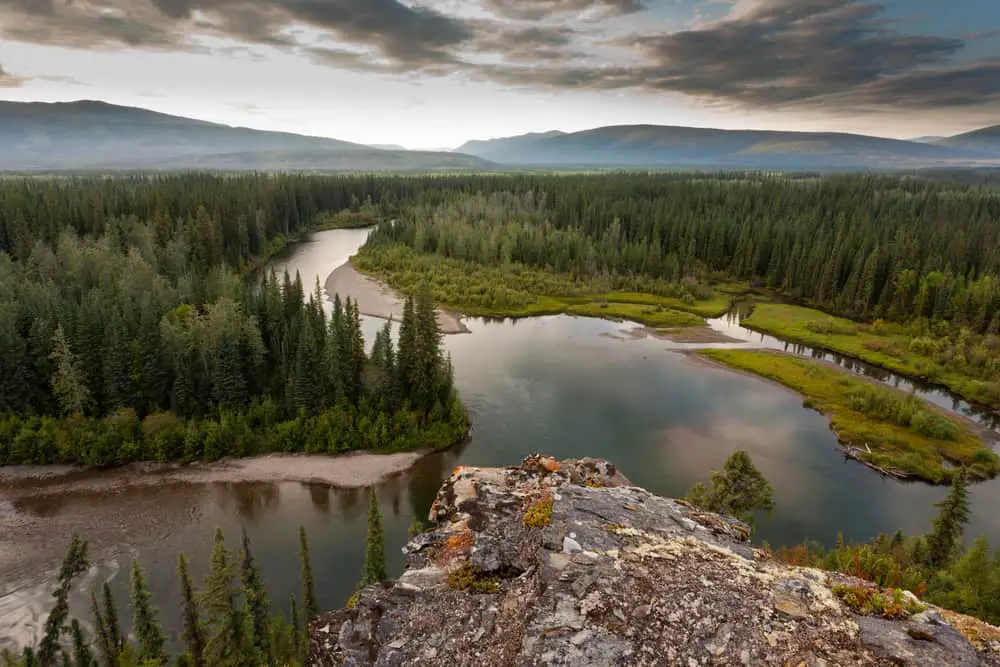
The primary forest situated in the Yukon is the Boreal Forest, also known as taiga. It’s a Russian word describing the type of forest generally consisting of moist and swampy trees and is commonly found in the Northern Hemisphere close to the Arctic.
There is a mixture of coniferous and deciduous trees in the Boreal Forest. Evergreen coniferous trees and shrubs typically have needle-shaped leaves and cultivate cones to reproduce seeds. Deciduous trees are plants and trees that shed their leaves seasonally as the temperature changes.
White Spruce and Lodgepole Trees dominate the Yukon forests, and commercial logging is only allowed in some southern regions. Smaller non-commercial sawmills operate in some parts to create lumber for building and mining materials or fuel. However, fuel oil is now predominantly imported, replacing locally sourced wood and coal as the principal fuel supply.
Some settlements venture into agricultural activities, but farming is not viable in most locations due to the climate and soil conditions. The region’s trees’ growth is stunted by the severe climate conditions characterized by long, cold winters and brief, warm summers.
What Type Of Land Is The Yukon?
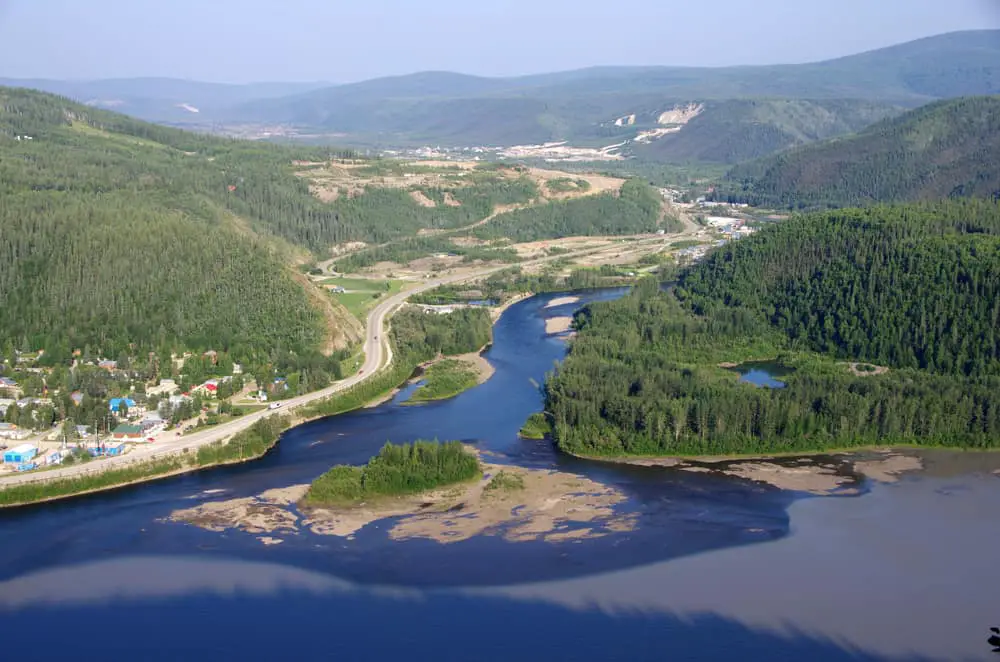
The Yukon Territory is roughly the shape of a right triangle with Alaska, British Columbia, the Northwest Territories, and the Beaufort Sea bordering its three sides. The majority of the region is covered by the Yukon River, after which the territory was named.
The Yukon River feeds into numerous lakes and rivers like the Pelly, Stewart, Peel, White, and Tatshenshini rivers and straight into the Beaufort Sea. The Yukon also boasts Canada’s highest point, Mount Logan, in the southwest, reaching a height of 19,551 ft (5959 m). The Yukon also hosts a few national heritage parks like Kluane National Park and Reserve (classified by UNESCO as a World Heritage Site), Ivvavik National Park, and Vuntut National Park.
Apart from the beautiful green landscapes, numerous mountains and ice fields with glaciers gradually melting under the pressure of the changing climate. This causes the water levels to shift drastically, cutting off the freshwater supply to some lakes.
Permafrost In The Yukon
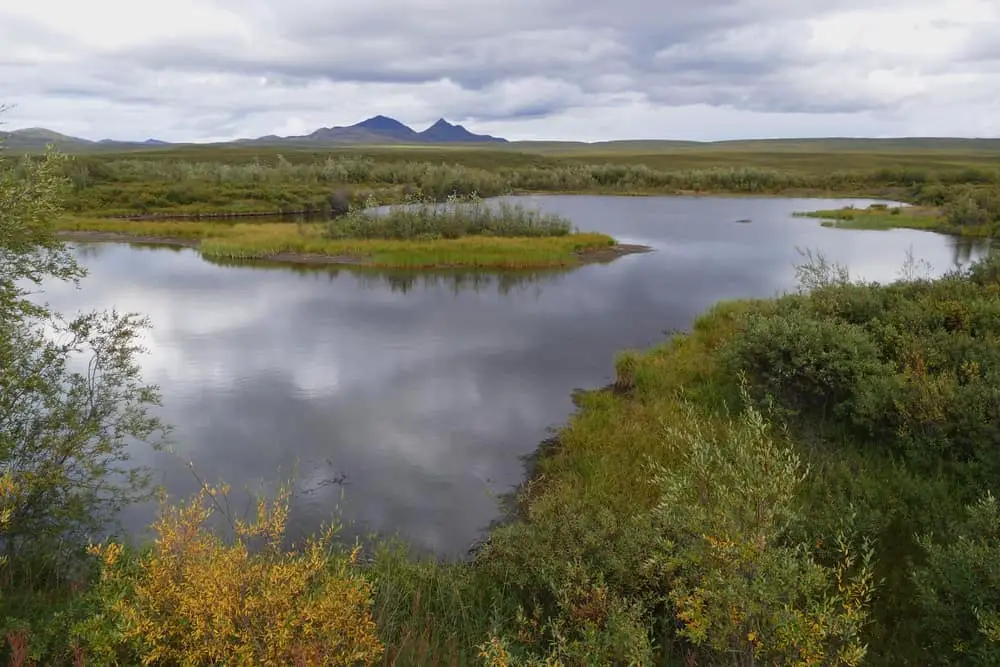
Permafrost occurs in almost all of the Yukon Territory, where the terrain comprises an upper layer that thaws seasonally, but a perennially frozen layer underlines it. It’s considered permafrost when the frozen layer remains below zero degrees for more than two years. This condition takes place everywhere except beneath rivers and lakes.
The proportion of the frozen ground thickness increases further north as you reach the Arctic, but the permafrost decreases to about twenty-five percent of the surface as you move south. In the winter, the ground is protected by a thick layer of snow, but as the summer heat sets in, there is a downward migration of water through the active layer into the permafrost level.
As the glacial winter temperature decreases, the ground is again covered with snow, causing the permafrost layer to endure.
Animals In The Yukon
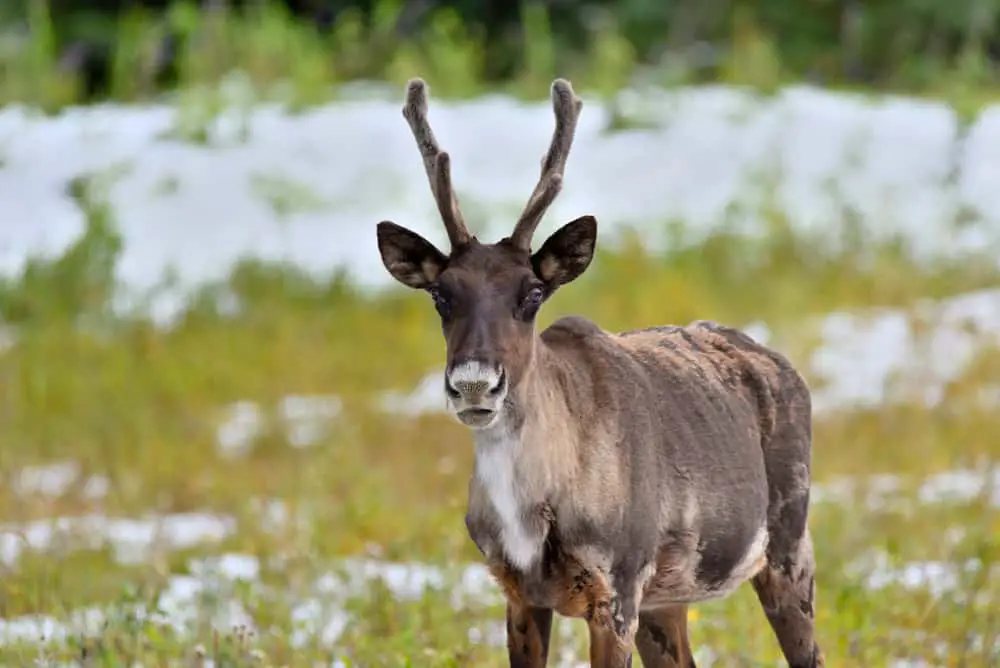
The Yukon Territory has a diverse selection of animals inhabiting the different areas of the Boreal Forest. These animals need to withstand frigid temperatures during the year to be able to survive there. Some animals, such as the porcupine caribou, embark on the longest known mammal migration in the world annually. In winter, they cross the Yukon to reach areas with bounteous foraging.
During the summer, they migrate back to grounds that supply superior calving regions. The other wildlife able to tolerate the arctic temperatures are grizzly bears, wolves, moose, sheep, the Northern Flying Squirrel, and the crested woodpecker.
You can also find an abundance of freshwater fish, and the rivers in the Yukon entertain one of the longest salmon runs in the world. Hunting and trapping in the territory are carefully managed as not to unsettle the careful balance within the environmental biodiversity of the forest.
People In The Yukon
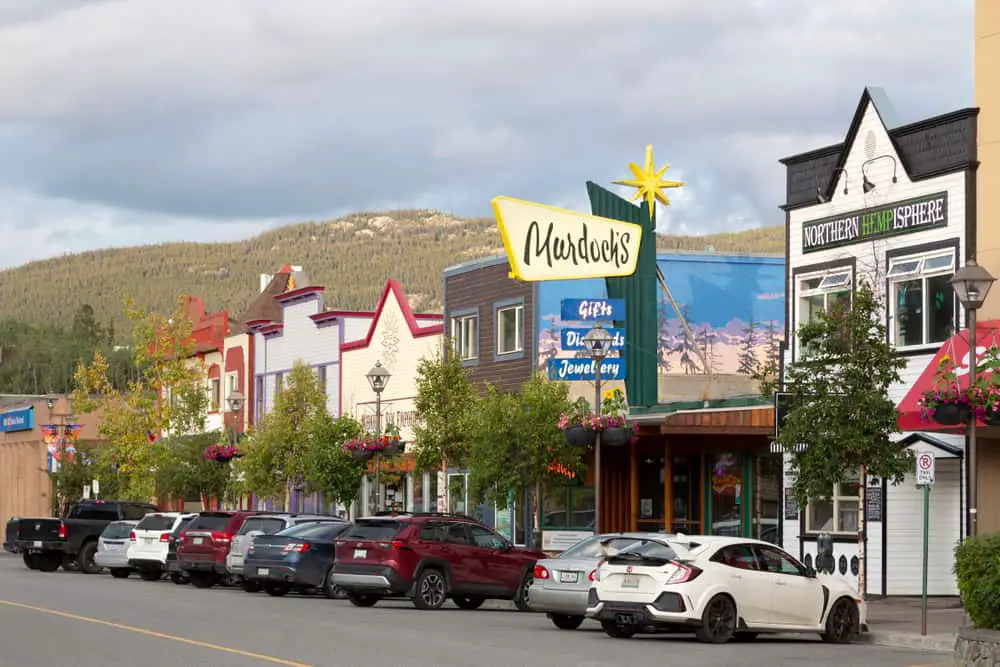
The population in the Yukon is diverse and unique, with the majority of the people’s heritage emanating from European descent. However, a large percentage stems from the First Nations and a small portion from the Métis and the Inuit. The First Nations consists of Indigenous Canadian communities from below the Arctic and the southern tree line.
They are from the few people that still make a living by hunting, fishing, or trapping, or they support themselves from the land around them. During the last century, the population in the Yukon fluctuated quite a bit. By the 1890s, the Yukon population reached its peak when a massive influx of people rushed to the Klondike to join the gold rush.
That lasted about ten years when the number of people fell from 27,219 in 1901 to 8,512 in 1911. By 1921 it reached a low of 4,157 occupants. Gradually people immigrated to the region again, and by 2021 the population has risen to about 42,986 inhabitants.
Today, the territory’s capital since 1953, Whitehorse, has a population of roughly 25,085 and is the epicenter of the region’s transportation, business, and service control center. Dawson is another noteworthy city that was the focal point of the Klondike Gold Rush and the largest city for a while.
Watson Lake is the third-largest city and was the basis of the world’s biggest lead-zinc mines. Since the mine’s closure, the town has predominantly attracted tourists and artists. Indigenous people derive their livelihood from wages in mining, transportation, public services, and tourism.
Forest Fires In The Yukon?
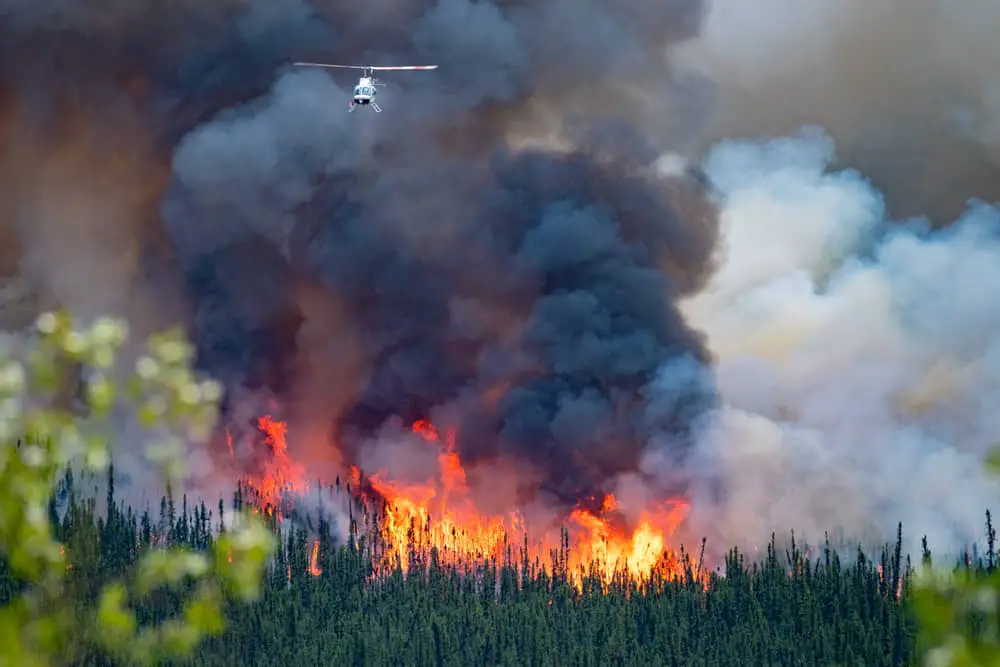
Due to hot, dry conditions and sporadic lightning storms, frequent forest fires originate in the forests of the Yukon Territory. This is not automatically a bad thing. Years of underbrush and dead vegetation like pine needles accumulated on the forest floor adversely impact other species in the ecosystem’s growth and the beneficial impact they could have on the environment.
Patchworks of burnt and unburnt areas are created as the fire spreads in patterns circulated by the wind. These unburnt spots leave areas for animals to hide and graze after most of the forest section has been destroyed in the fire. However, the fire is nature’s way of rejuvenating the forest as the forest heals itself.
Certain trees like the Lodgepole Pine can only germinate its seeds after a fire, and the plant ash fertilizes the ground when rain falls and washes into the soil. It provides valuable nutrients to the growing roots of the live vegetation. Forest fires in the Yukon’s Boreal Forest help to renew the forest through the following means;
- It helps removes ancient trees from the forest to make space for young saplings.
- It causes the forest floor to be exposed to more sunlight, assisting new plants in growing.
- It results in the next generation of trees germinating and grow to become a fresh new forest.
- It helps release nutrients from the trees to be absorbed by the roots of the growing vegetation.
Why Is Protecting The Yukon Important?
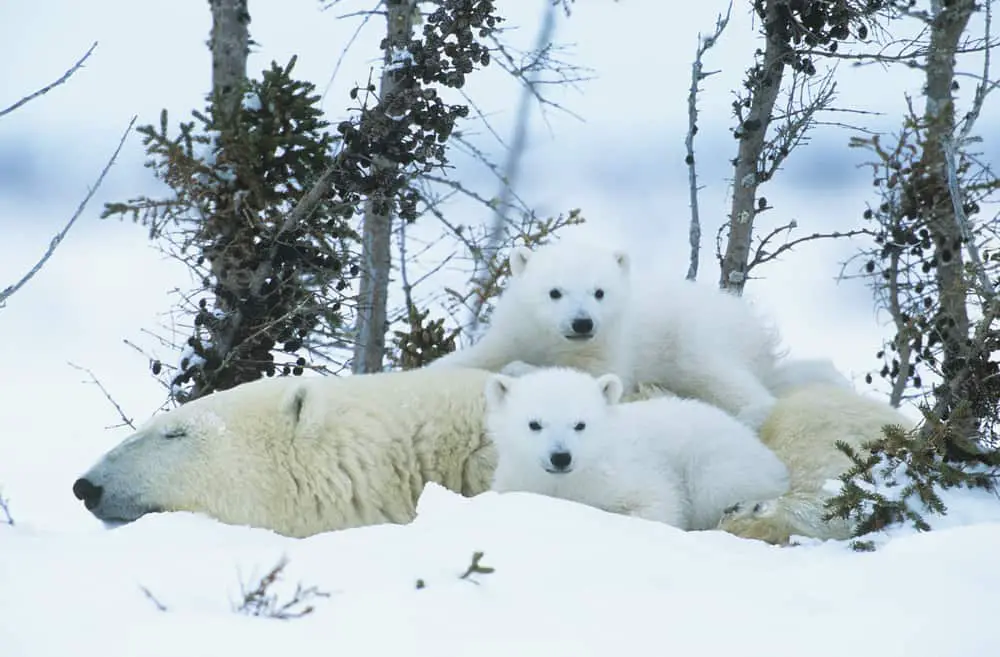
The Yukon Territory holds about eight percent of Canada’s Boreal Forest, which houses over 150 bird species and a wide range of mammals, insects, fungi, and micro-organisms. Apart from the many faunas and flora Canada protects by protecting the Boreal Forest, the forest is one of the essential protective elements against climate changes from carbon emissions.
Even though the public owns an extensive part of the Boreal Forest, the government manages the protected areas to safeguard the natural ecosystems and defend them against industrial threats. The forest is a vital carbon sink that absorbs carbon dioxide and removes it from the atmosphere, sheltering global warming.
The forest must constantly be shielded from mining, forestry, sizable hydropower dams, and other disturbances to keep the ecosystem intact.
What’s The Yukon Known For?
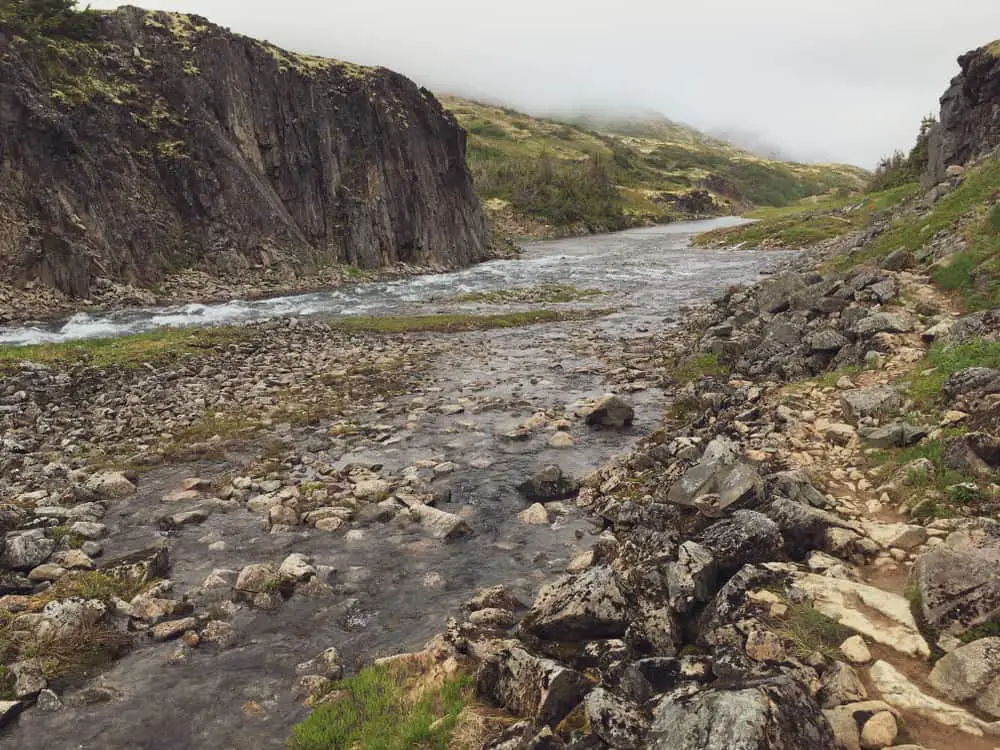
After 1890, three prospectors (George W. Carmack, Skookum Jim Mason, and his nephew, Tagish Charlie) found plush deposits of gold in Bonanza Creek off the Klondike River in the Yukon. This discovery led to a massive gold rush during the late 1890s, which inadvertently increased the population in the Yukon Territory and caused the town of Dawson to grow exponentially.
Until 1953 Dawson remained the largest city. Construction of railways was rapidly undertaken and connected the ports of Skagway, Alaska, and Whitehorse. The Klondike gold rush only lasted about a decade when most stampeders gave up and left the Yukon. But this event gave birth to gold-mining industries with large-scale mining techniques, which led to other minerals’ locations.
In 1998 the Klondike Gold Rush International Historical Park was created commemorating the one-hundredth anniversary of the Gold Rush. This celebration included improved transportation infrastructure and the Chilkoot Trail through the mountains from Skagway, which rapidly increased the number of tourists in the territory.
20 Interesting Facts About The Yukon Territory
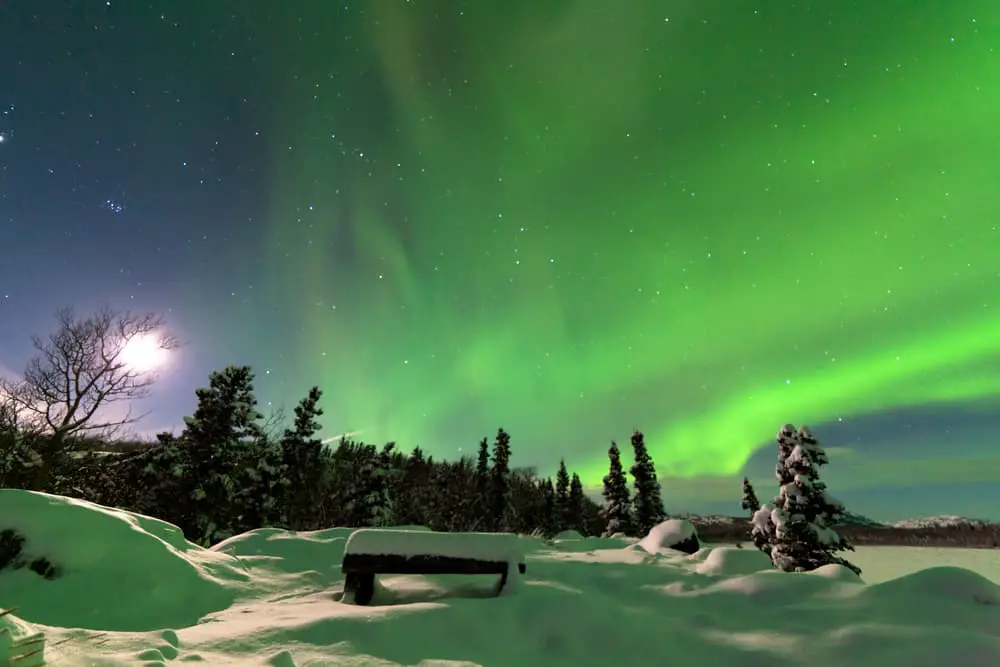
Apart from the crucial importance of protecting the Boreal Forest in the Yukon Territory, a few exciting facts might make you want to visit the region.
- The Yukon is about the size of Spain, with a population density of about 0.1/km². It’s a large open country framed by the magnificence of snowcapped mountains.
- The highest peak in Canada, Mount Logan, can be found in the Yukon Territory. Mount Logan is also the second-highest peak in North America and the largest non-volcanic mountain in the world.
- It is where you can find St. Elias Icefields, the biggest non-polar icefield in the world. You can also find the world’s longest glacier in the Kluane National Park, the Kaskawulsh Glacier.
- You will find the world’s smallest desert in the Yukon, the Carcross Desert, with an area of 2.6 km². The desert also houses rare plants like the Baikal sedge flower and dart moths.
- The Yukon River is Canada’s second-longest river and also what the Yukon Territory was named after. Yukon means “great river.” The 3190 km river flows from British Columbia in the north through Alaska and into the Bering Sea.
- The longest mammal migration of the porcupine caribou occurs through the Yukon from the north to Asia. The caribou is of vital importance for the forest’s ecosystem, and this event happens during autumn.
- One of Dawson City’s oldest traditions since the 1970s is The Great Klondike International Outhouse Race. Five participants dress up in wacky outfits and push an outhouse on wheels to the finish line. Four teammates run, and the other takes his place on the “throne.”
- During 1942 a homesick GI started a trend by putting up a landmark to his hometown. Gradually over time, people added to it. Today The Signpost Forest at Watson Lake has the vastest collection of signposts from around the world.
- Dawson City is home to Canada’s oldest casino, Diamond Tooth Gerties Gambling Hall. The legend tells that it was opened in 1971 when a dancehall girl with a diamond between her teeth opened the gambling hall. It is still operational today.
- In the 1970’s riverboat captain Dick Stevenson found a preserved human toe in an old cabin. The toe belonged to a rumrunner called Otto Linken, who lost his toe gangrene in the 1920s. He and his brother wanted to commemorate the event by preserving the toe in a jar of rum. When the toe was found in 1973, after a rowdy night of drinks, Captain Dick and his friends established the infamous rules, and so the Sourtoe Cocktail Club was started. If you want to join, you have to say the oath, drink a cocktail with a genuine dehydrated toe, and be sure to touch the toe with your lips.
- The Yukon has more moose than people. Since people do not very densely populate the territory, the number of moose in the Yukon Territory outnumbers the number of people almost two to one.
- The Yukon only has one official city named Whitehorse. The other territories have towns and local areas belonging to the indigenous people. This includes Dawson City and Watson Lake.
- The territory has eight official first languages originating from the First Nations, but the majority of the people speak English and French.
- Around 12,000 years ago, woolly mammoths used to roam the Yukon during the ice age.
- You can view the northern lights during winter because the Yukon Territory is so close to the Arctic. Temperatures drop as low as -40° C (-40° F), and the Aurora Borealis can be visible during this time.
- The summers in the Yukon have twenty-four-hour day sunlight, which is perfect for people who like to do outdoor activities.
- During the Klondike Gold Rush, the primary means of travel was the Yukon River to reach the gold. This route served them well until they constructed the Klondike Highway during the 1950s.
- In 1994 the White Pass and Yukon Train Route were declared an International Landmark of Historic Civil Engineering, which placed it in the same category as marvels like the Eiffel Tower and the Statue of Liberty.
- In 1947 they recorded the lowest temperature in North America. It occurred in Snag, Yukon at a staggering -63° C (-83° F).
- A malamute appears on the Yukon’s coat of arms above a shield representing the Yukon River, gold, and the mountains.
Conclusion
The Yukon Territory is a magical place filled with mother nature’s true secrets. It’s a place made up mainly of the Boreal Forest and a must-see on your bucket list if you love nature.
References:
The Canadian Encyclopedia: Yukon
Geocryology: Permafrost in the Yukon Territory
The Canadian Encyclopedia: Permafrost
Britannica: Government and society
Wikipedia: Yukon
Treehugger: 14 of the Greatest Animal Migrations
Travel2Next: 35 INCREDIBLE FACTS ABOUT THE YUKON

